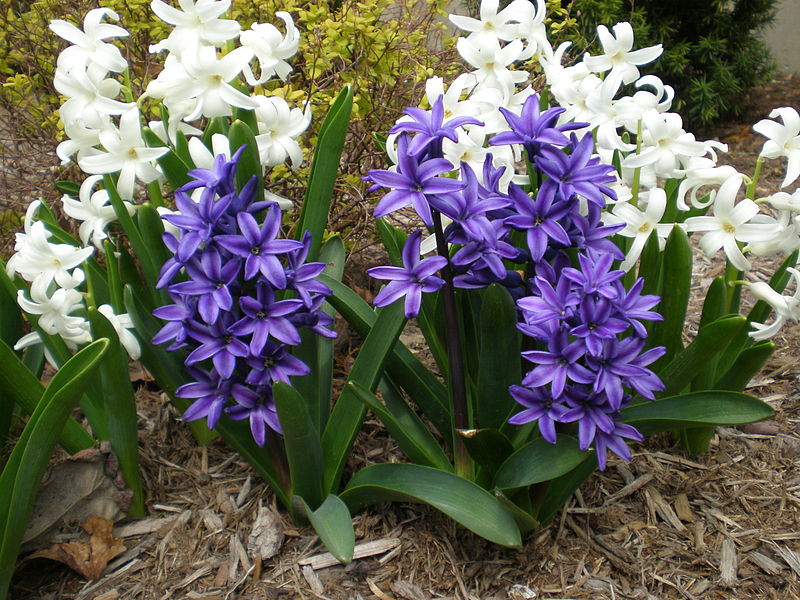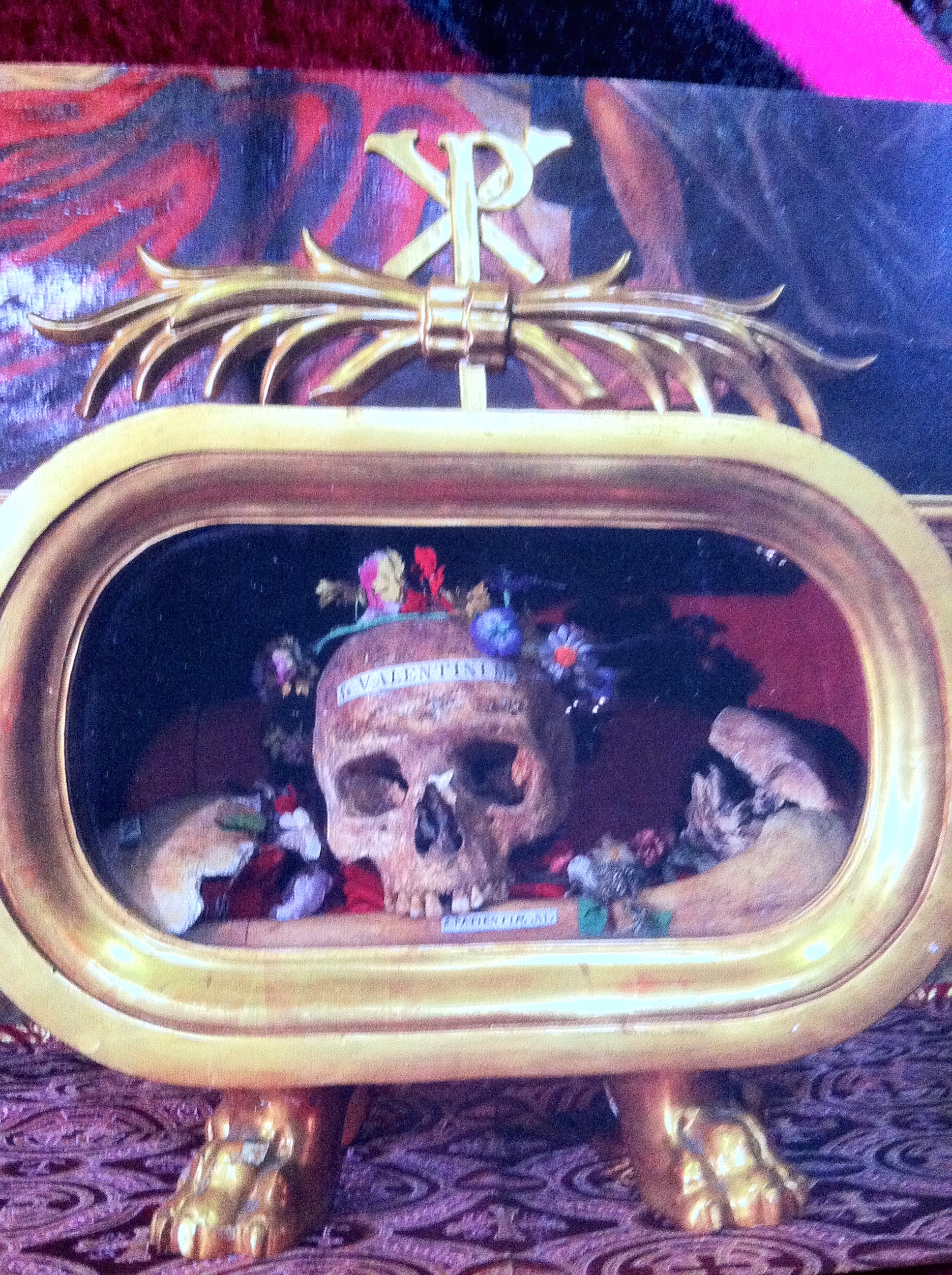
Daisy, the flower of April, is associated with the planet Venus and the deities Freya, Artemis (Diana), and Thor.
“April showers bring May flowers,” they say. But its nearly April and April flowers are pretty important as well.
Daisy was said to have sprung from the tears of Mary Magdalen and associated with April whose “showers are sweet with fruit” according to Geoffrey Chaucer. Daisy is a “feminine” flower whose element is water (according to the alchemists). According to an old saying, spring has not fully arrived until you can step on 12 daisies. Daisy can be used in magic to promote lust and love. Thor used daisy-chains when he disguised himself as Freya to fool the giant Thrymer, who wanted Freya as his wife.
When you were little, do you remember plucking the petals of a daisy while reciting, “S/he loves, s/he loves me not?” I remember my aunt plucking a daisy from my grandparents’ garden and asking the flower this question about her fiancé. This repetitive questioning will reveal the true feelings of a potential lover. Picking the first daisy of the season will make you an uncontrolled flirt and sleeping with a daisy under your pillow will bring an absent lover back to you.
Daisy can be eaten to relieve stomach ulcers (as Henry VIII did). King Henry’s family came from Wales, where daisy was used to cure insanity, treat smallpox, tumors, jaundice and skin diseases. According to an ancient Celtic legend, daisies came from the spirits of children who died at birth; therefore daisies are also associated with innocence.
Spring and innocence and love all go together, right? Pluck a daisy and hold all three in your hand. Gather a vaseful of April daisies and attract spring and innocence and love to your house.



